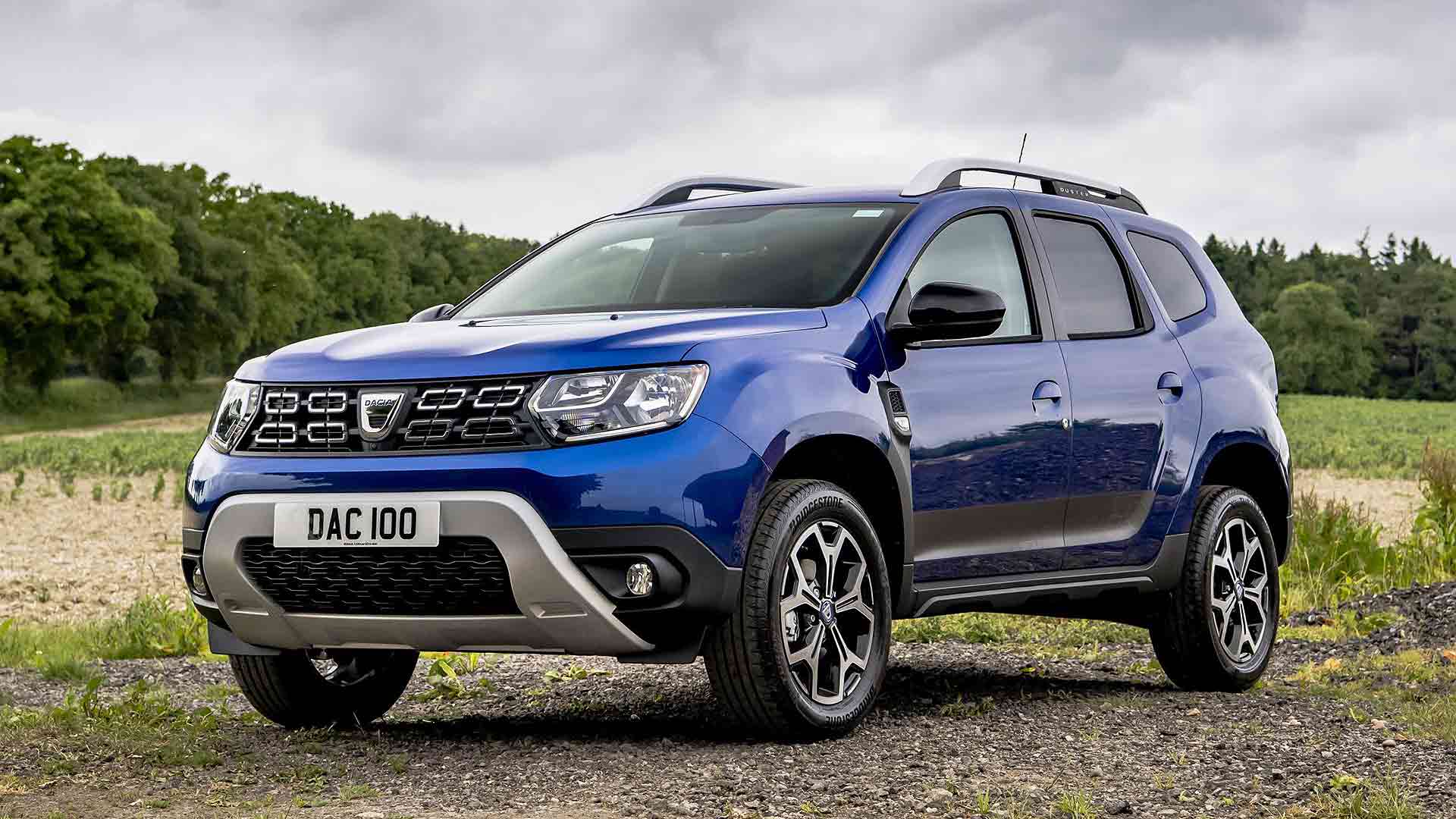
Dacia has become the only new car brand in the UK to sell cars able to run on LPG petroleum gas – and the firm claims its new Bi-Fuel range could save the average motorist more than £400 a year.
This is because LPG is so much cheaper than petrol – 62p a litre, at the time of writing, rather than an average 109p per litre.
Offered across the Dacia range of Sandero, Duster and Logan MCV, the 1.0 TCe Bi-Fuel cars are priced at £400 more than an equivalent 1.0 TCe petrol engine.
This means that if you drive 12,000 miles annually, the Bi-Fuel cars will pay for themselves within a year.
Head of Dacia UK, Luke Broad, says that even with today’s low petrol prices, a Bi-Fuel Dacia will save more than £1,000 over the average four-year PCP deal.
Once fuel prices begin to rise again, the savings will compound. When petrol prices return to around 120p a litre, Dacia Bi-Fuel models could save as much as £2,000 over four years.
What is Dacia Bi-Fuel LPG?
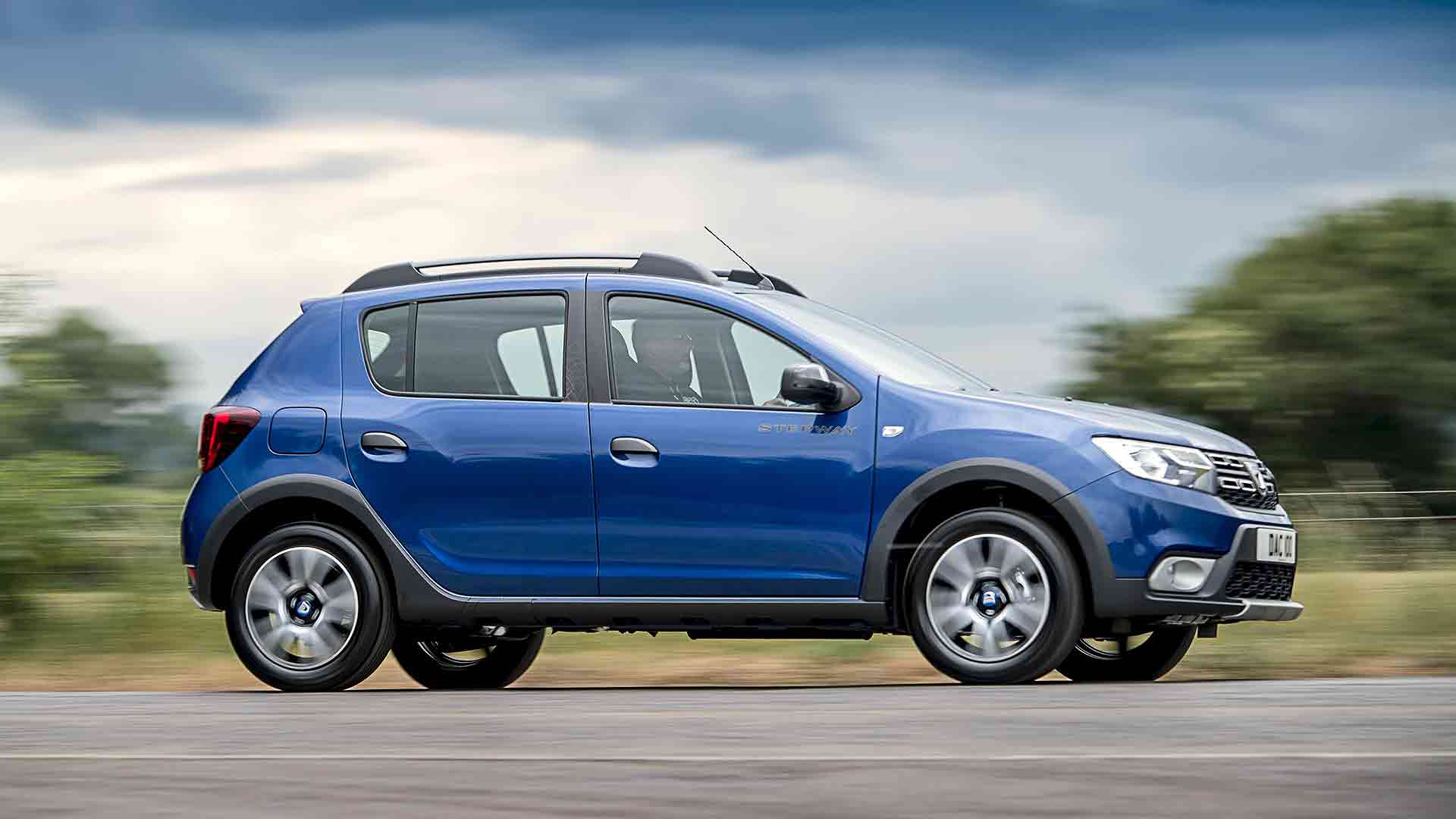
LPG, or liquid petroleum gas, is sold at over 1,200 filling stations in the UK.
Most petrol cars can also run on LPG with some simple conversions – but Dacia designed its TCe petrol engine with LPG in mind, making the conversion easier still.
It is carried out on the production line in the factory, rather than once the car has been built. This is how Dacia can offer the same three-year warranty and impose the same service intervals as a normal petrol model.
An extra bonus is the 1.0 TCe LPG engine produces 10 percent more power than the regular car – 100hp instead of 90hp.
The LPG fuel tank is located in the spare wheel well, so boot space is identical to normal models.
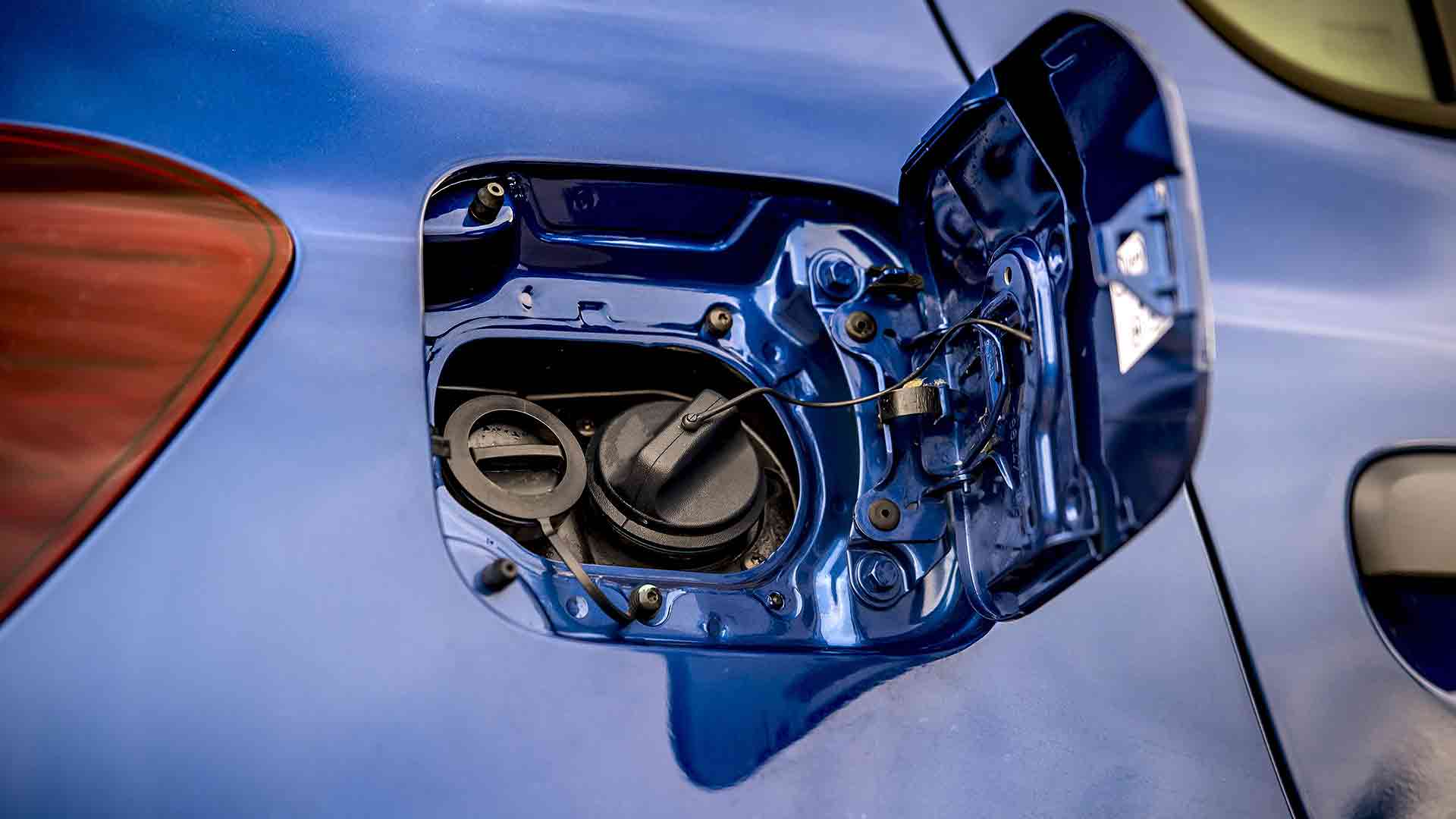
The LPG fuel filler is also located within the regular fuel filler flap, rather than an ugly plastic cut-out in the rear bumper.
How do Dacia Bi-Fuel models work?
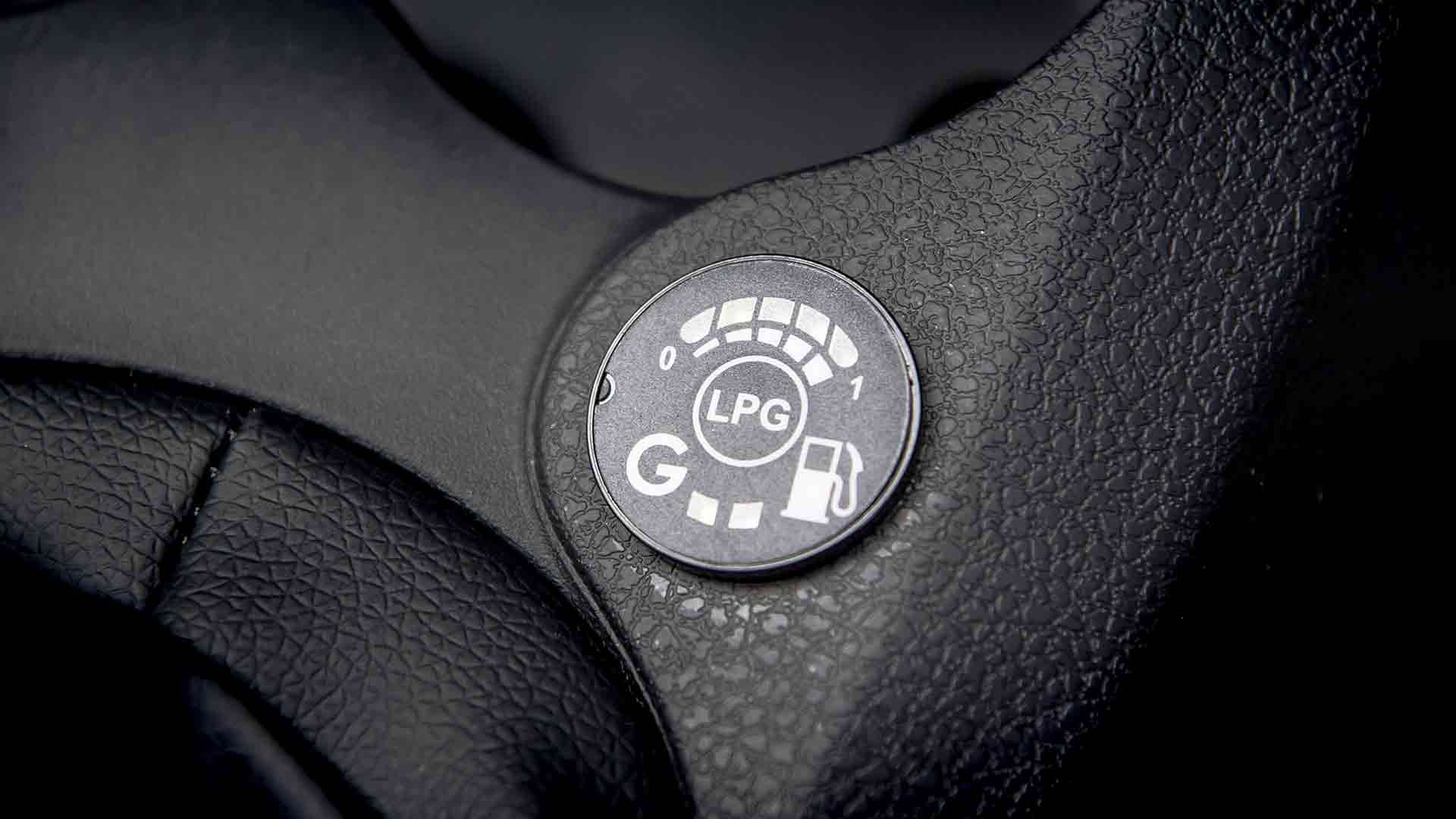
Dacia Bi-Fuel models start off running on petrol, and automatically switch to LPG. There is also a controller on the dashboard, complete with LPG fuel gauge.
Because the petrol tank remains, Dacia Bi-Fuel cars have a much bigger range than regular cars – up to almost 750 miles when using both petrol and LPG, claims the firm.
Overall, it costs around 30 percent less to run a Dacia on LPG than it does on petrol – and LPG also emits more than 10 percent less CO2 than a petrol car, plus fewer particulates.
Dacia Bi-Fuel new car range
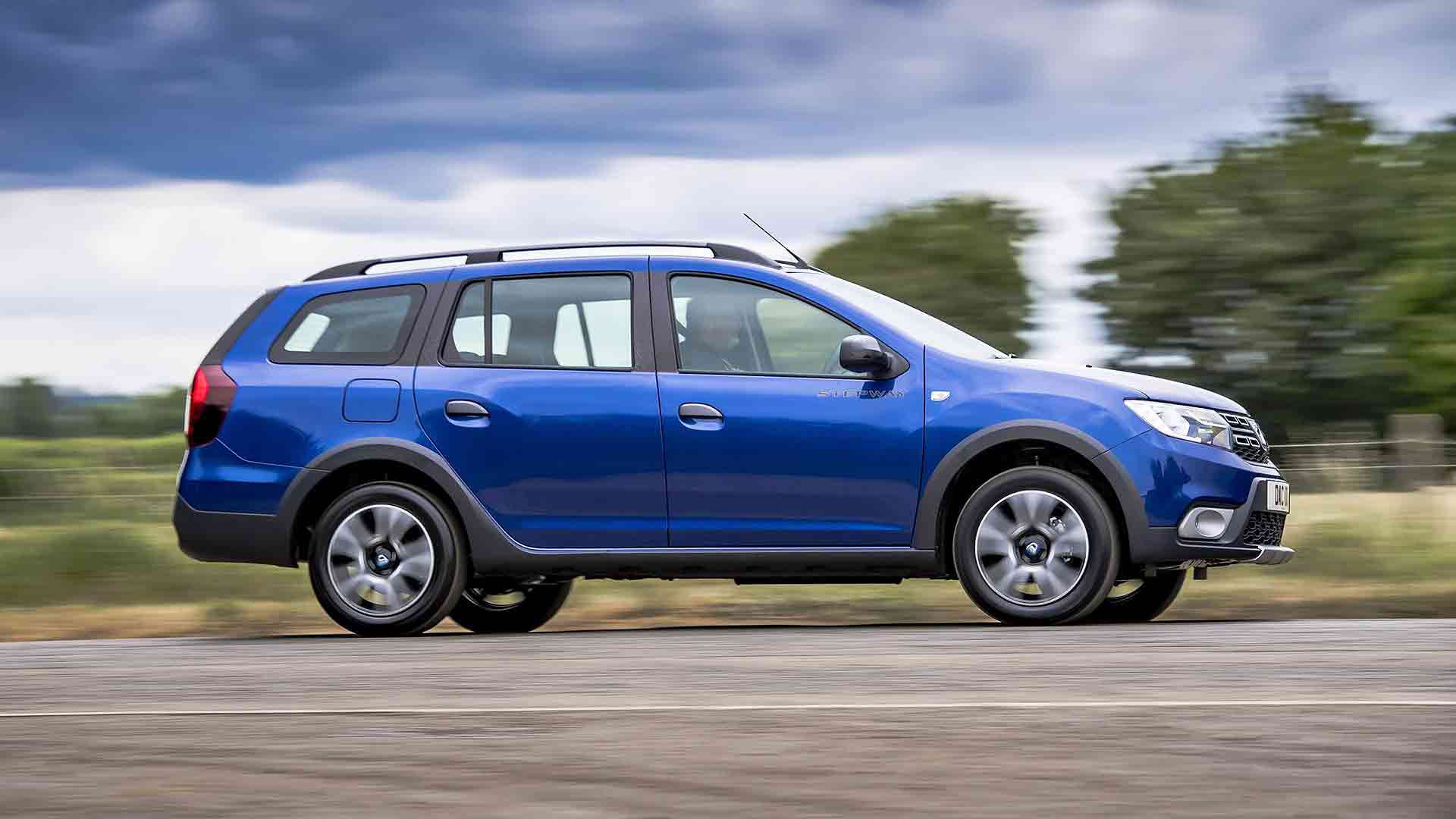
Every Dacia model offers a Bi-Fuel version: that’s Sandero (and Sandero Stepway), Logan MCV (and Logan MCV Stepway), and Duster.
The cheapest Dacia LPG model is the Sandero Essential 1.0 TCe 100 Bi-Fuel, which costs £9,145. A regular Sandero Essential 1.0 TCe 90 costs £8,795.
The popular Duster is offered as an Essential 1.0 TCe 100 Bi-Fuel from £13,195.
Because Dacia Bi-Fuel cars are classed as alternative fuel vehicles, they even benefit from a £10 saving on VED road fund licence.
Do you know why it has 10% extra power on LPG ? Years ago, cars on LPG were lower on power. The explanation then was the energy density ( calorific value I think it was called ) of LPG was lower than petrol. Is the LPG different now ? Or is it that the engines emission controls stifle the petrol power, whereas the cleaner LPG doesn’t need those controls ?????!!
You are correct, lpg has a lower calorific value than petrol, so if the engine is tuned for petrol it is down on power. In a modern turbo engine lpg can be tuned to provide more power, it has an octane rating of over 100, so resists knock, meaning the turbo can boost a little higher to take advantage of the fuel